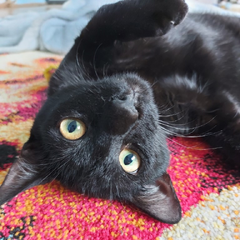Shopping for NEW TV | Mini LED - not just yet?
-
Featured Topics
-
Topics
-
0
-
0
-
Hendricks3 ·
Posted in Graphics Cards2 -
pepehands ·
Posted in Troubleshooting0 -
19
-
GreenLeaf ·
Posted in General Discussion2 -
Soapy1234 ·
Posted in Peripherals1 -
Shutset ·
Posted in Programs, Apps and Websites2 -
Codrut1001 ·
Posted in Troubleshooting1 -
7
-

.thumb.gif.960fe8862ce9852c37448c58d47e249e.gif)















Create an account or sign in to comment
You need to be a member in order to leave a comment
Create an account
Sign up for a new account in our community. It's easy!
Register a new accountSign in
Already have an account? Sign in here.
Sign In Now